The international Passive House conference in Innsbruck, Austria earlier last month was inspirational, as always, and this year’s meeting was particularly exciting for me, given its focus on retrofits. There were many talks on various aspects of OutPHit, the EU-funded program supporting cost-effective and highly efficient retrofits, as well as a host of others on diverse types of EnerPHits, from straw bale to step-by-steps and even 10-year retrospective reports. Similar to the Austrian hotel breakfast buffets, there was a surfeit of tempting treats. We will be following up with case study articles about some of these featured projects.
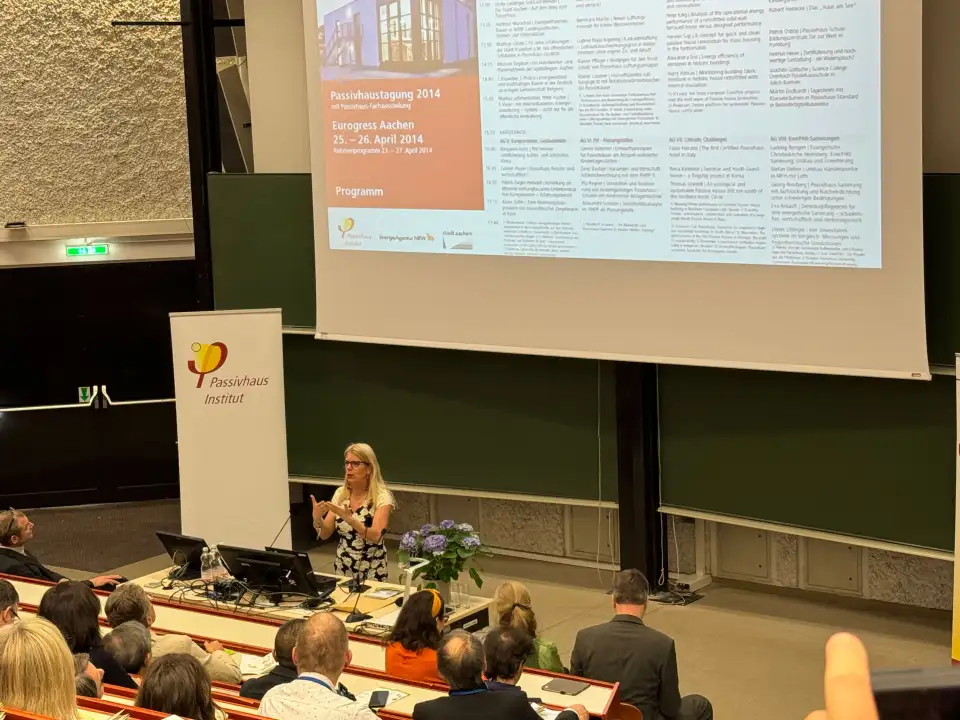
A Great Conference with a Too-Hot Start
Now for the positive news you can use. For those of you living in apartments and craving a practical retrofit certification, take heart: the EnerPHit Unit has arrived. This pilot certification method is a variant of the traditional EnerPHit-by-component method, in which certification is pursued by renovating using building assembly components that meet a prescribed performance metric. With EnerPHit Unit, getting an individual apartment certified requires that the owner fulfill all of the component method requirements, but there are significant exceptions for airtightness and primary energy demand that make achieving certification more attainable.
The EnerPHit Unit airtightness requirement can be met either through a blower door test documenting an airtightness of 1.0 ACH50 or lower, or by supplying detailed photographic documentation of all airtightness details and connections. The criteria for the project’s primary energy demand will depend on whether the conditioning and domestic hot water systems are decentralized or not. If decentralized, the standard EnerPhit criteria for that climate must be met. If the systems are centralized, and therefore not in the control of the unit’s owner, the project can be certified using a hypothetical future supply system with heat pumps that would fulfill the primary energy or primary energy renewable criteria.
And, there’s more happy certification news. Given that single-family homes are often the starting point for teams tackling Passive House design and construction, and that homeowners typically have budget constraints that can lead them to opt out of certification, PHI has devised a more streamlined approach to certifying these projects, aptly named easyPH. The intention with easyPH is to deliver the quality assurance that certification brings, but at a more affordable cost.
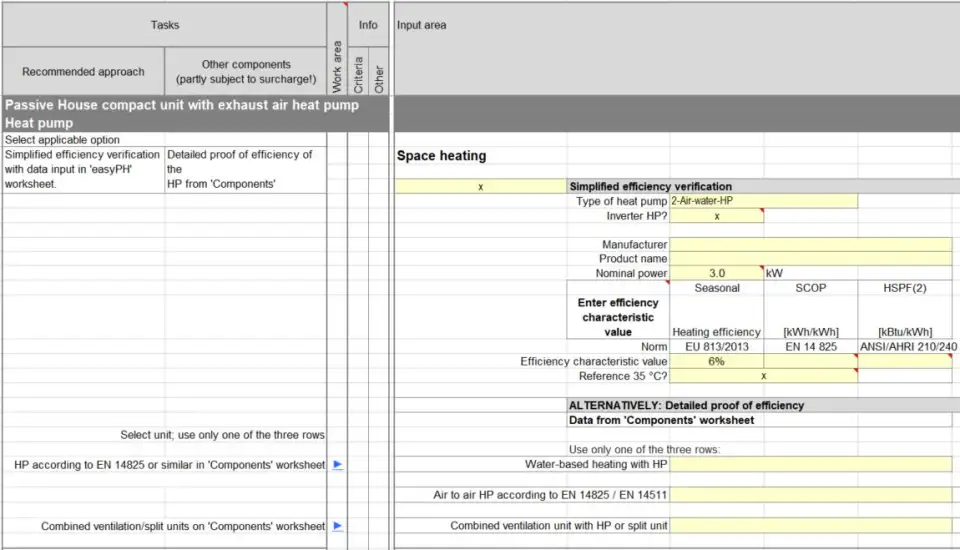
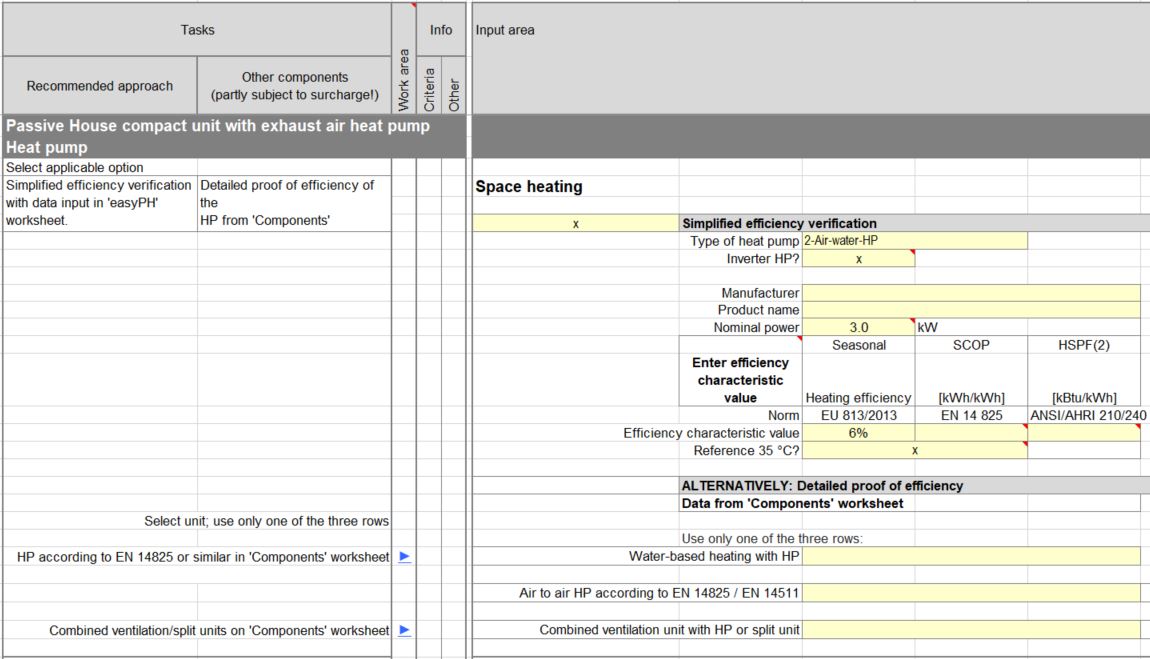
A screenshot of the easyPH platform.
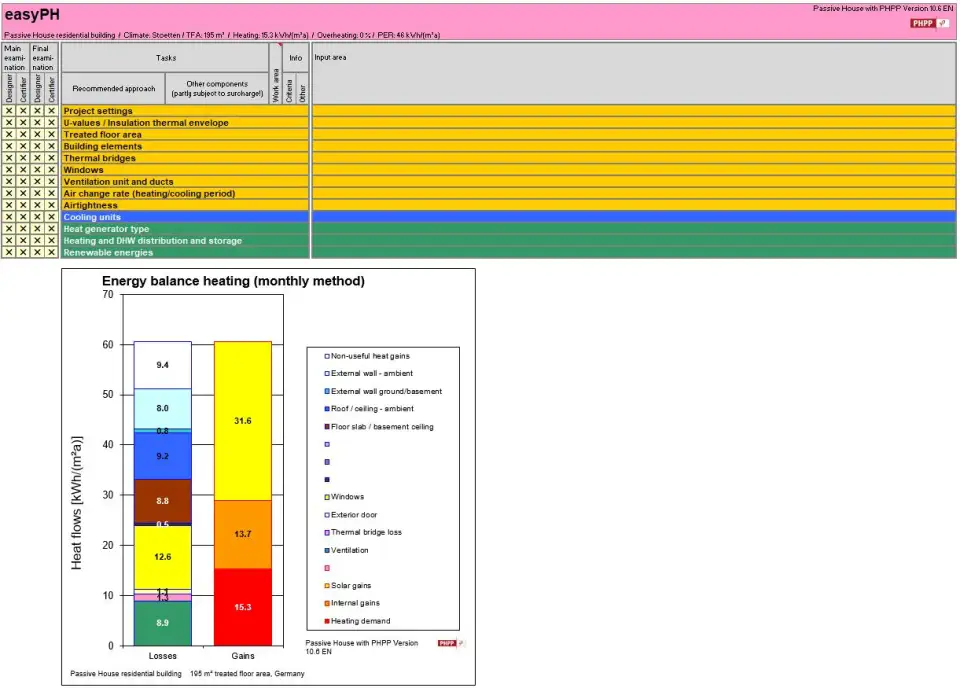
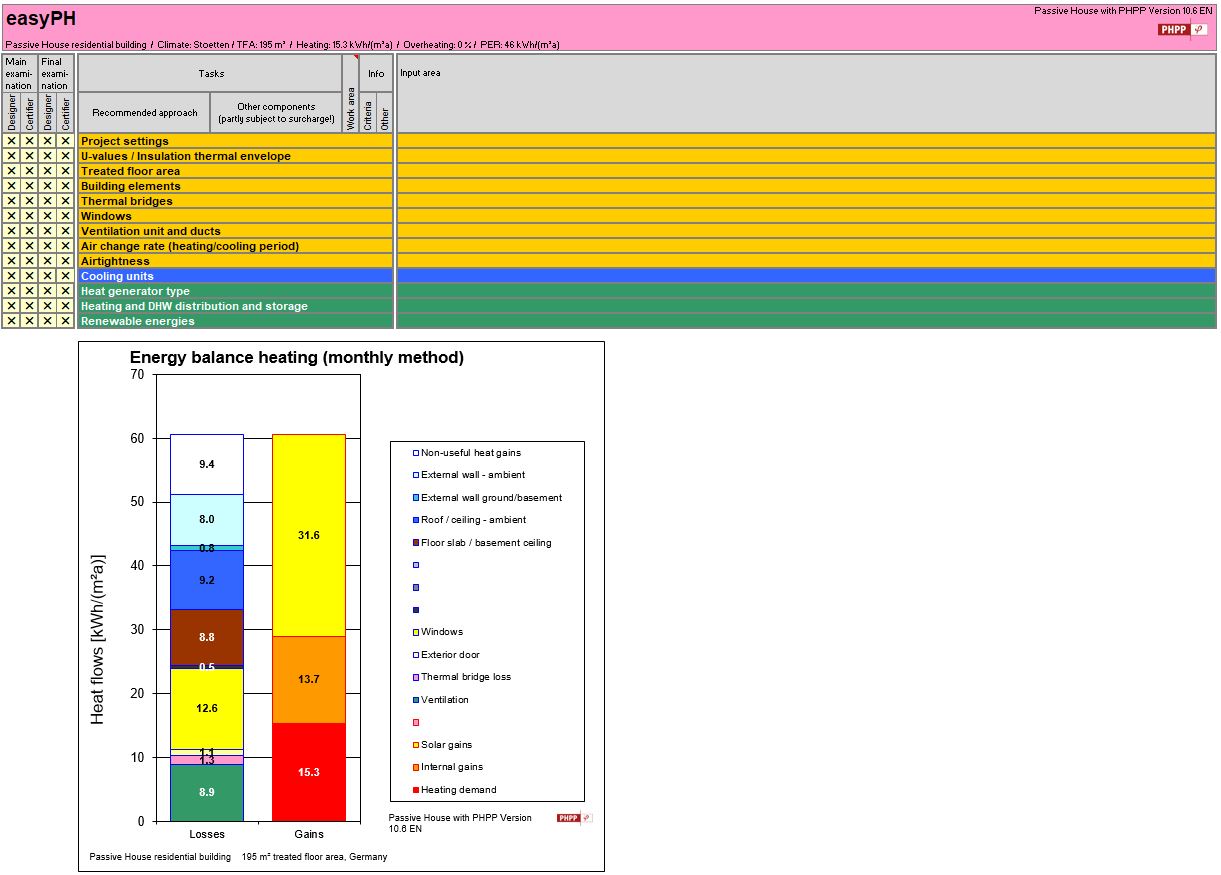
A screenshot of the easyPH platform.
EasyPH—a slimmed-down, 8-worksheet version of the PHPP—works with a set of standardized assumptions to reduce the number of inputs required for calculating the energy balance metrics. It is structured as a checklist that guides the user through the process, with helpful hints and links to aid in filling it out. Naturally, the more the standardized assumptions fit with a given project—and these assumptions mainly apply to the mechanical systems being used—the easier easyPH will be.
There are some constraints on which projects are appropriate for certification with easyPH. The project has to be new construction, with at most two units and a single ventilation system. Similarly, the climate dataset must be one of those that have already been validated by PHI. Within those constraints, the project team can use EasyPH to target Passive House Classic, Plus, or Low Energy Building. During this test phase, the tool is being released in English only (see https://passivehouse.com/04_phpp/08_easyph/08_easyph.html for more information).
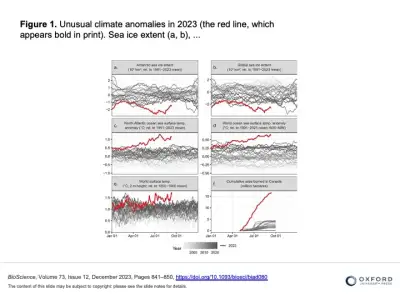
Now, for the depressing climate news. (Just stop reading if you’ve had enough of this lately.) Professor Diana Ürge-Vorsatz from the Central European University, who is also vice-chair of the Intergovernmental Panel on Climate Change (IPCC), was one of the opening plenary speakers. She started by reminding the audience that she had been a plenary speaker at this conference in 2014. I remember her speech then, and she was optimistic at the time that governments would now be taking serious actions to reduce carbon emissions and help slow and ultimately reverse climate change. She was a lot more pessimistic this time—and yet just as driven to communicate the urgency of the climate crisis. The slides she showed were a painful reminder of the lack of progress—our lack of progress—in slowing down the serious effects of our seemingly ever-growing carbon emissions (see Figure 1). The most daunting part of this year’s talk was her admitting that scientists are baffled by the sudden worsening of many climate indicators.
The key reason to gather at conferences is to learn from each other, and in that regard this conference was a whopping success. Our community is expanding, leading to exponential growth in passive building experience and the number of certified projects across the world. Stay tuned for the follow-on articles that will represent a small portion of the inspirational presentations.